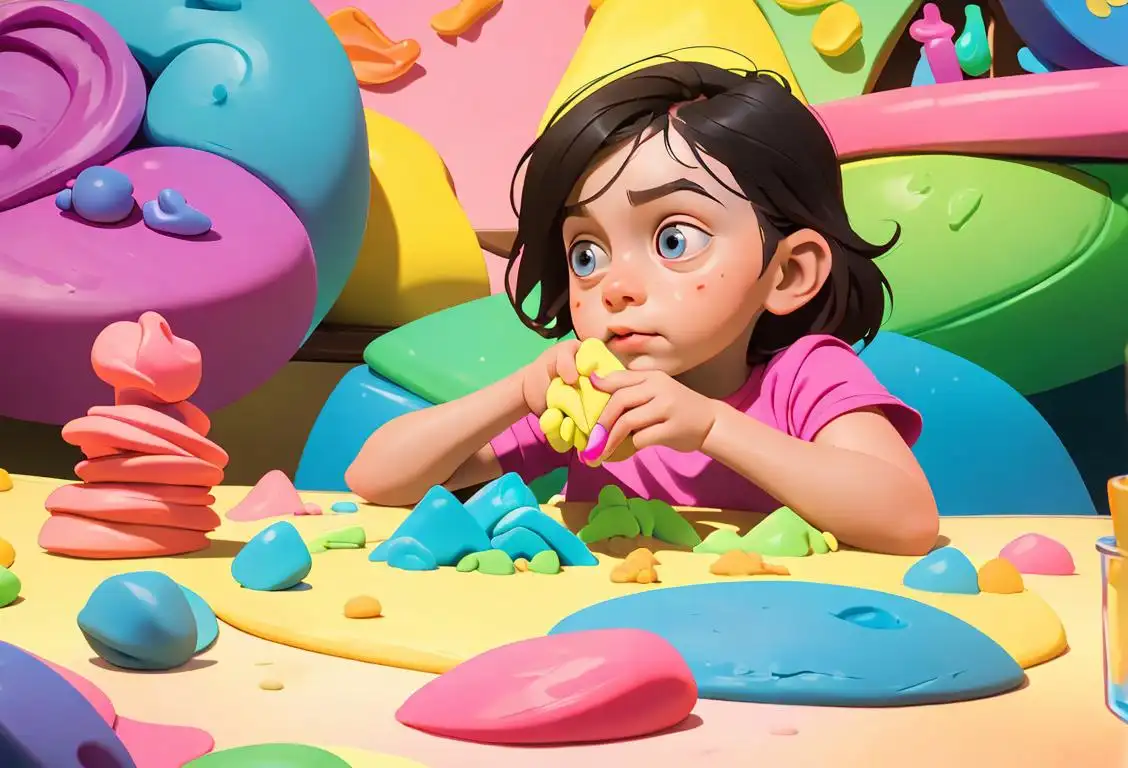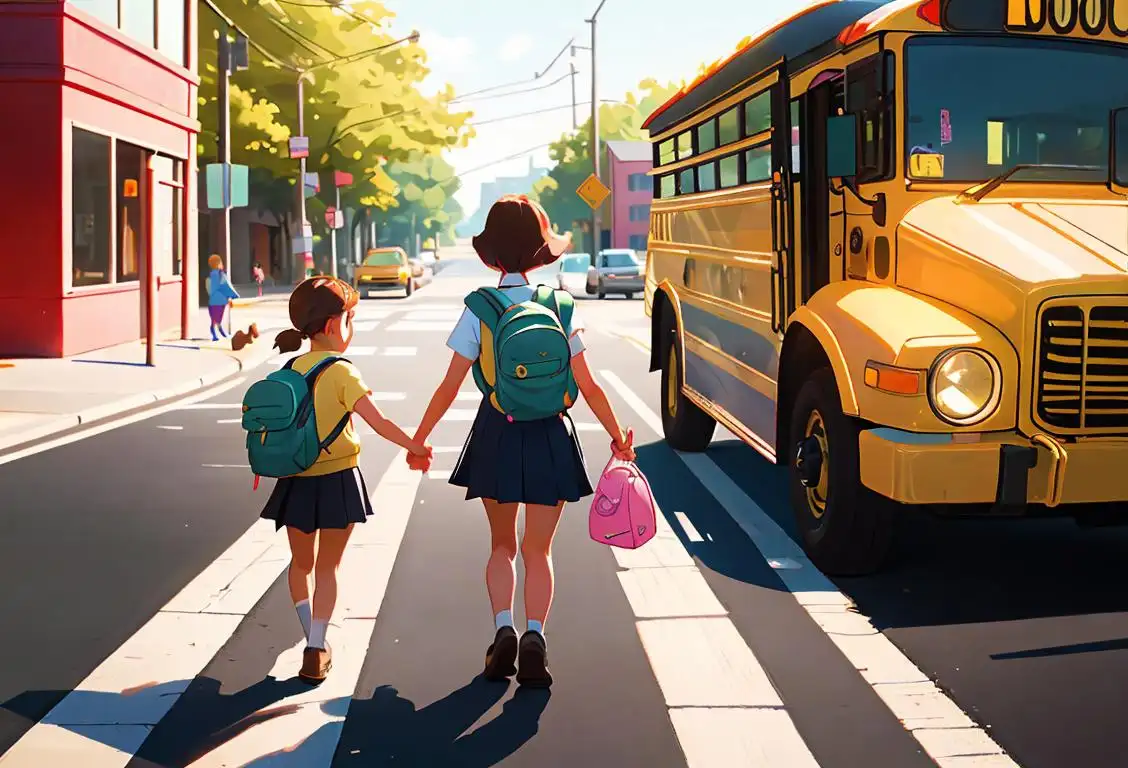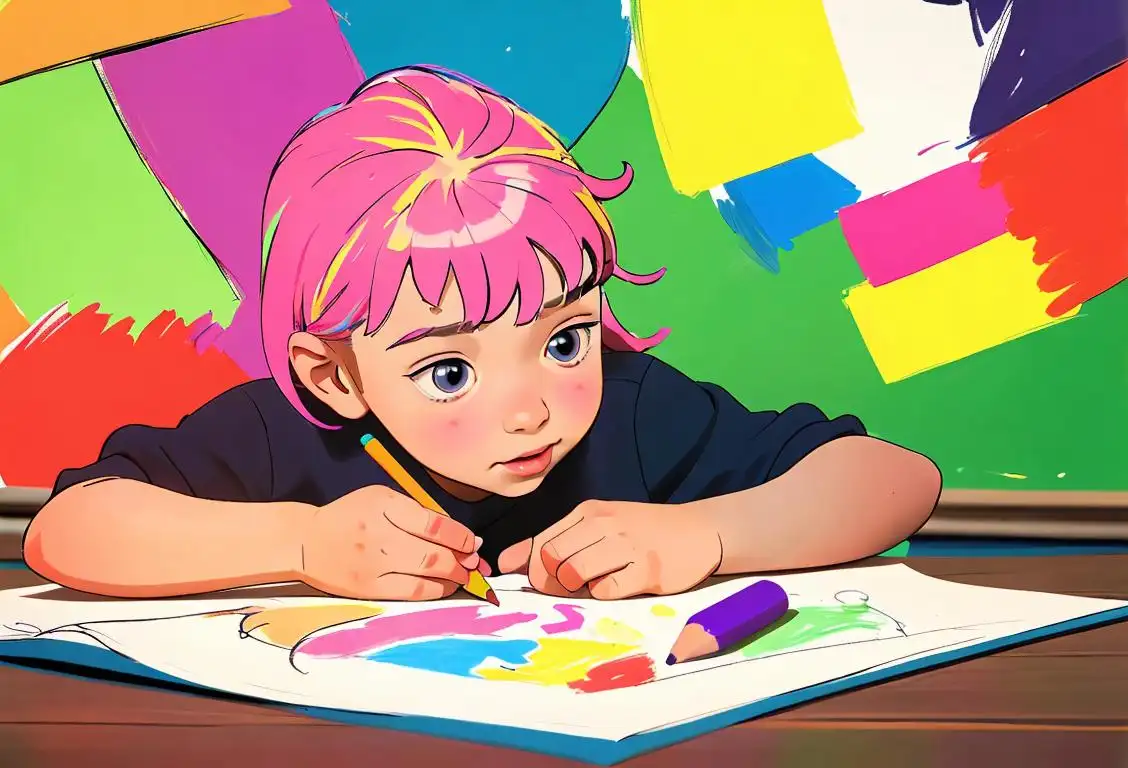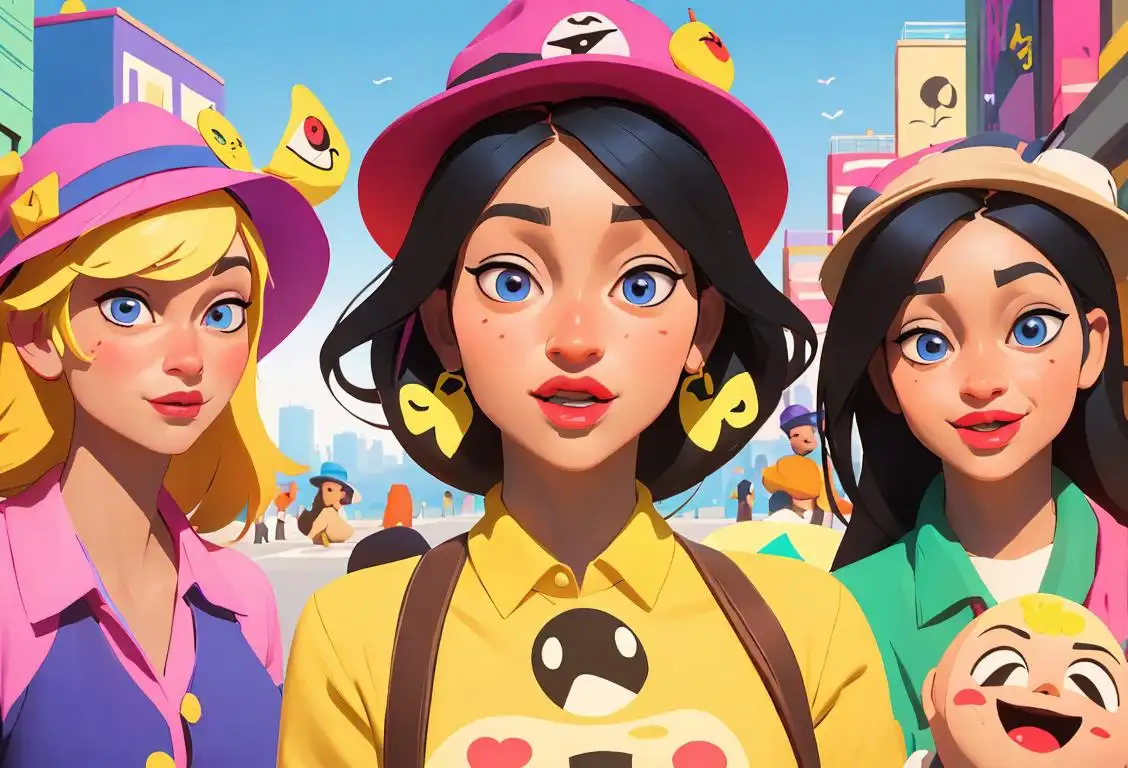National Block Day
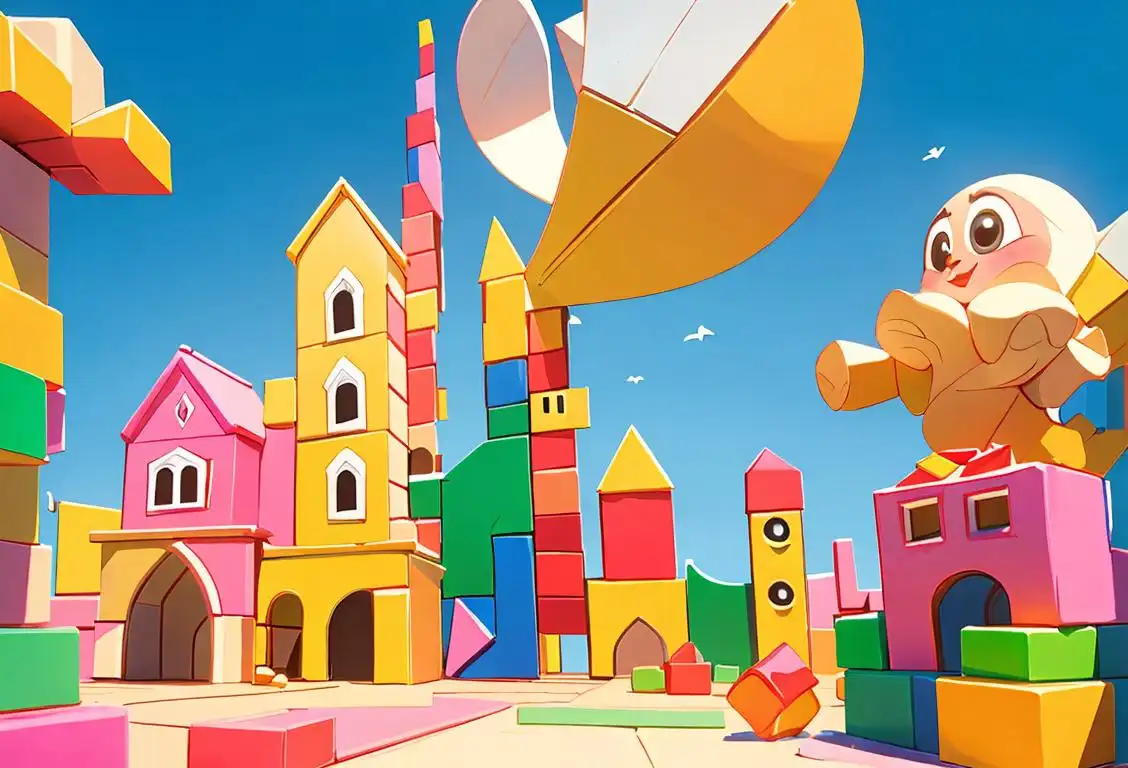
Get your building blocks ready because it's National Block Day! Today, we celebrate the joy of building, stacking, and creating wonders with these colorful and versatile toys. Whether you're a kid or just a kid at heart, National Block Day encourages you to let your imagination run wild and embrace the simple pleasure of building something amazing. So, grab your blocks and let the fun begin!
When is Block Day?
It's national block day on the 30th September.
The Evolution of Blocks
From the iconic Lego bricks to the classic wooden blocks, these little treasures have been a staple in childhood play for generations. The history of blocks can be traced back to ancient civilizations, where children in different cultures discovered the joy of playing and learning with various materials.
However, it was during the 20th century that blocks truly took off. In 1932, a Danish carpenter named Ole Kirk Christiansen invented the world-famous Lego bricks. Since then, these interlocking plastic blocks have become a global sensation, allowing people of all ages to build incredible structures and unleash their creative potential. Today, Legos are not only a beloved toy but also a cultural phenomenon, inspiring movies, video games, and even theme parks.
Bringing Joy and Learning Through Building
Building blocks provide more than just entertainment. They offer a myriad of benefits for both children and adults. When kids play with blocks, they develop essential skills such as problem-solving, spatial awareness, and fine motor skills. Building structures also promotes teamwork and collaboration, as kids work together to bring their imaginative vision to life.
But blocks aren't just for kids. They can also serve as stress-relieving tools for adults. Engaging in a creative activity like building can help reduce anxiety, increase focus, and provide a much-needed break from the digital world. So, don't hesitate to embrace your inner child and spend some quality time with blocks!
Getting Involved on National Block Day
Celebrating National Block Day is easy and fun. Here are a few ways you can join the festivities:
- Organize a block-building competition with your friends or family. Who can build the tallest tower or the most unique structure?
- Visit a local toy store and browse through their collection of blocks. Treat yourself to a new set and let your creativity soar.
- Donate blocks or building sets to a children's organization in your community. Spread the joy of building to those in need.
- Share your block creations on social media using the hashtag #NationalBlockDay. Connect with fellow builders and inspire others with your artistic creations.
Whether you're a seasoned builder or just starting out, National Block Day is the perfect opportunity to reconnect with the joy and wonder of building. So, gather your blocks, unleash your creativity, and let your imagination take flight!
History behind the term 'Block'
1100
The Rise of Medieval City Walls
In the 11th century, the concept of a 'block' emerged from the construction of city walls in medieval Europe. These walls were made from large blocks of stone, carefully assembled to provide protection for the inhabitants of the city. The term 'block' referred to the individual pieces of stone used in the construction process.
1562
Wooden Blocks for Printing
During the Renaissance, a new application of the term 'block' arose. In 1562, a German printer named Hieronymus Formschneider started using wooden blocks carved with images and text for printing. These blocks were known as 'printing blocks' or simply 'blocks.' They allowed for the mass production of books, broadsheets, and artwork, revolutionizing the dissemination of information and culture.
1795
Neighborhood Divisions in American Cities
In the late 18th century, the term 'block' took on a new meaning related to urban planning in American cities. Urban areas were divided into rectangular sections called 'blocks.' These blocks often contained residential or commercial buildings surrounded by streets. This division allowed for organized urban development and simplified navigation within the city.
1889
Start of City Blocks Numbering System
To further enhance city planning and address systems, the concept of numbering city blocks was introduced. In 1889, New York City implemented a uniform system for numbering its blocks. This system facilitated the identification of specific locations within the city and streamlined the delivery of mail and goods.
1936
Lego: The Birth of the Toy Block
One of the most iconic uses of the term 'block' came in 1936 with the introduction of Lego. The Danish company, founded by Ole Kirk Christiansen, created interlocking plastic blocks that allowed children to build various structures. Lego quickly became a worldwide sensation, inspiring creativity, problem-solving, and encouraging architectural and engineering skills among children and adults alike.
2009
The Blockchain Revolution
In the 21st century, the term 'block' took on an entirely new meaning with the advent of blockchain technology. In 2009, the mysterious figure known as Satoshi Nakamoto introduced Bitcoin, a cryptocurrency built on a decentralized digital ledger called the blockchain. This revolutionary technology uses a chain of blocks to record and verify transactions, providing transparency, security, and disrupting traditional financial systems.
Did you know?
Did you know that the world record for the tallest tower made of interlocking plastic bricks stands at a staggering 114 feet, 11 inches? It was built in Italy in 2015, proving that with blocks, the sky's the limit!Tagged
fun creativity children stilshowseventFirst identified
23rd April 2015Most mentioned on
30th September 2016Total mentions
87Other days
Block Day
Play Dough Day
Coloring Book Day
Goth Day
Walk To School Day
Crayon Day
School Nurse Day
Emoji Day
Camera Day
Winnie The Pooh Day
